Liquid Chloroform
Product Details:
- Storage Keep away from moisture
- Form Liquid
- Chemical Name Trichloromethane
- CAS No 67-66-3
- Grade Industrial Grade
- Application Industrial
- Click to View more
X
Liquid Chloroform Product Specifications
- 67-66-3
- Trichloromethane
- Keep away from moisture
- Liquid
- Industrial
- Industrial Grade
Product Description
Chloroform, also known by its chemical formula CHCl3, is an organic compound that belongs to the group of chlorinated hydrocarbons. It is a colorless liquid with a sweet-smelling odor and a relatively low boiling point.
Chloroform has been widely used in various industrial and laboratory applications, although its use has declined significantly in recent years due to its potential health hazards and environmental concerns. Here are some key points about chloroform:
- Chemical Structure: Chloroform consists of one carbon (C) atom, one hydrogen (H) atom, and three chlorine (Cl) atoms. Its molecular formula is CHCl3, indicating that it contains one carbon atom, one hydrogen atom, and three chlorine atoms.
- Physical Properties: Chloroform is a dense liquid with a density of about 1.49 grams per cubic centimeter. It has a boiling point of approximately 61.2 degrees Celsius (142.2 degrees Fahrenheit) and a melting point of -63.5 degrees Celsius (-82.3 degrees Fahrenheit). It is not very soluble in water but dissolves well in organic solvents.
- Production: Chloroform is typically produced by the reaction of methane (CH4) or other hydrocarbons with chlorine (Cl2) in the presence of a catalyst. However, its production has decreased due to its association with adverse health effects and environmental issues.
- Historical Uses: Chloroform gained popularity in the 19th century as an anesthetic, particularly during surgical procedures. However, its use as an anesthetic has diminished due to its potential to cause liver damage and other health risks.
- Industrial Uses: Chloroform has been used as a solvent for various purposes, including in the production of pharmaceuticals, pesticides, and dyes. It was also used in the manufacturing of refrigerants, as an extraction solvent, and in the production of rubber.
- Health and Environmental Concerns: Chloroform is considered a hazardous substance due to its potential to cause liver and kidney damage, respiratory issues, and central nervous system effects. Prolonged exposure to high levels of chloroform may increase the risk of cancer. Additionally, it is a volatile organic compound (VOC) and contributes to air pollution.
- Regulatory Status: In many countries, including the United States and European Union, the use of chloroform has been restricted or banned in various applications due to its adverse health effects and environmental concerns.
It is important to note that the information provided here is based on the knowledge available up until September 2021. It's always a good idea to consult up-to-date and authoritative sources for specific and detailed information about any chemical compound.
Enter Buying Requirement Details
 English
English Spanish
Spanish French
French German
German Italian
Italian Chinese (Simplified)
Chinese (Simplified) Japanese
Japanese Korean
Korean Arabic
Arabic Portuguese
Portuguese
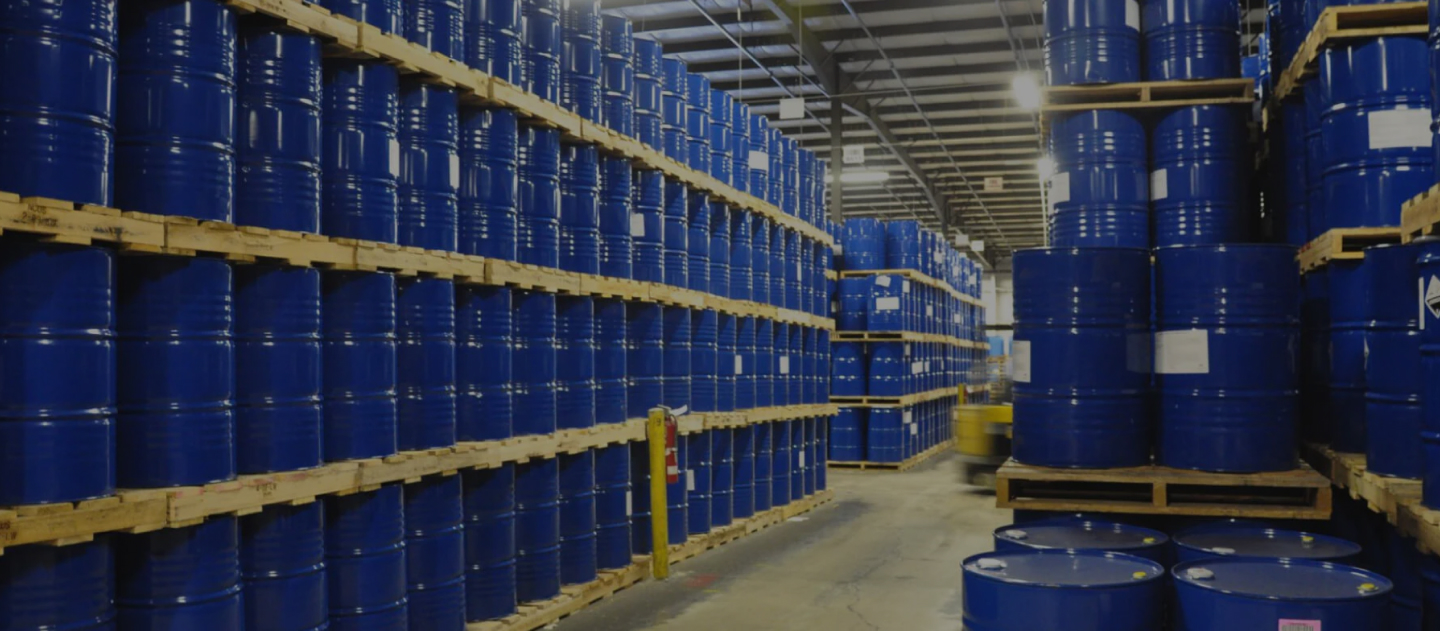
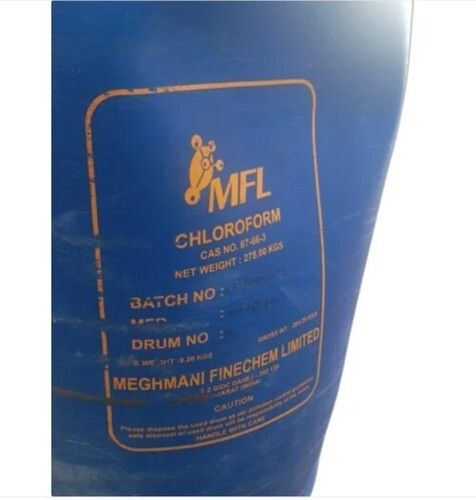
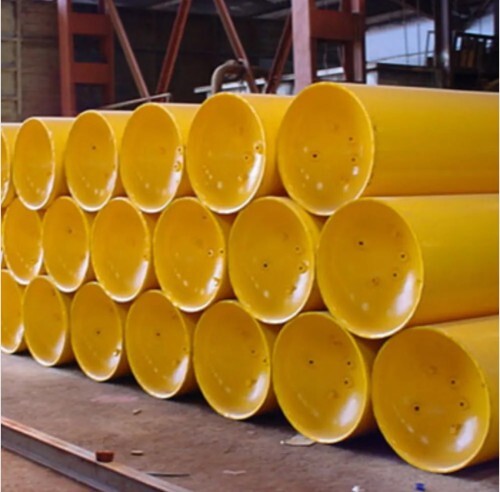
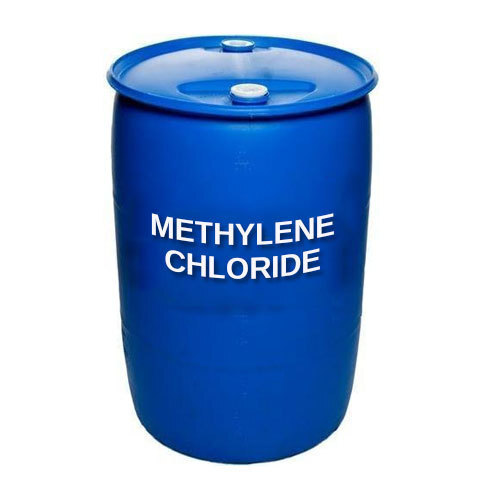
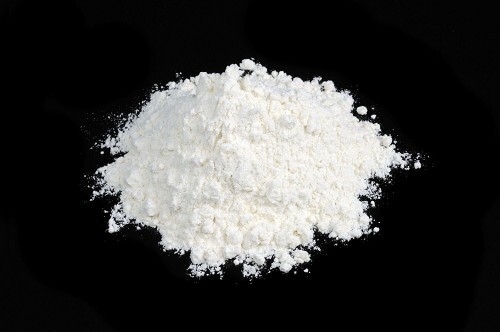
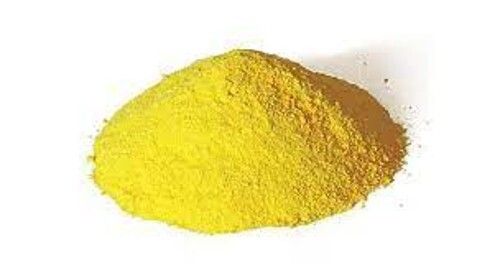
 Contact Us
Contact Us Send Inquiry
Send Inquiry Send SMS
Send SMS